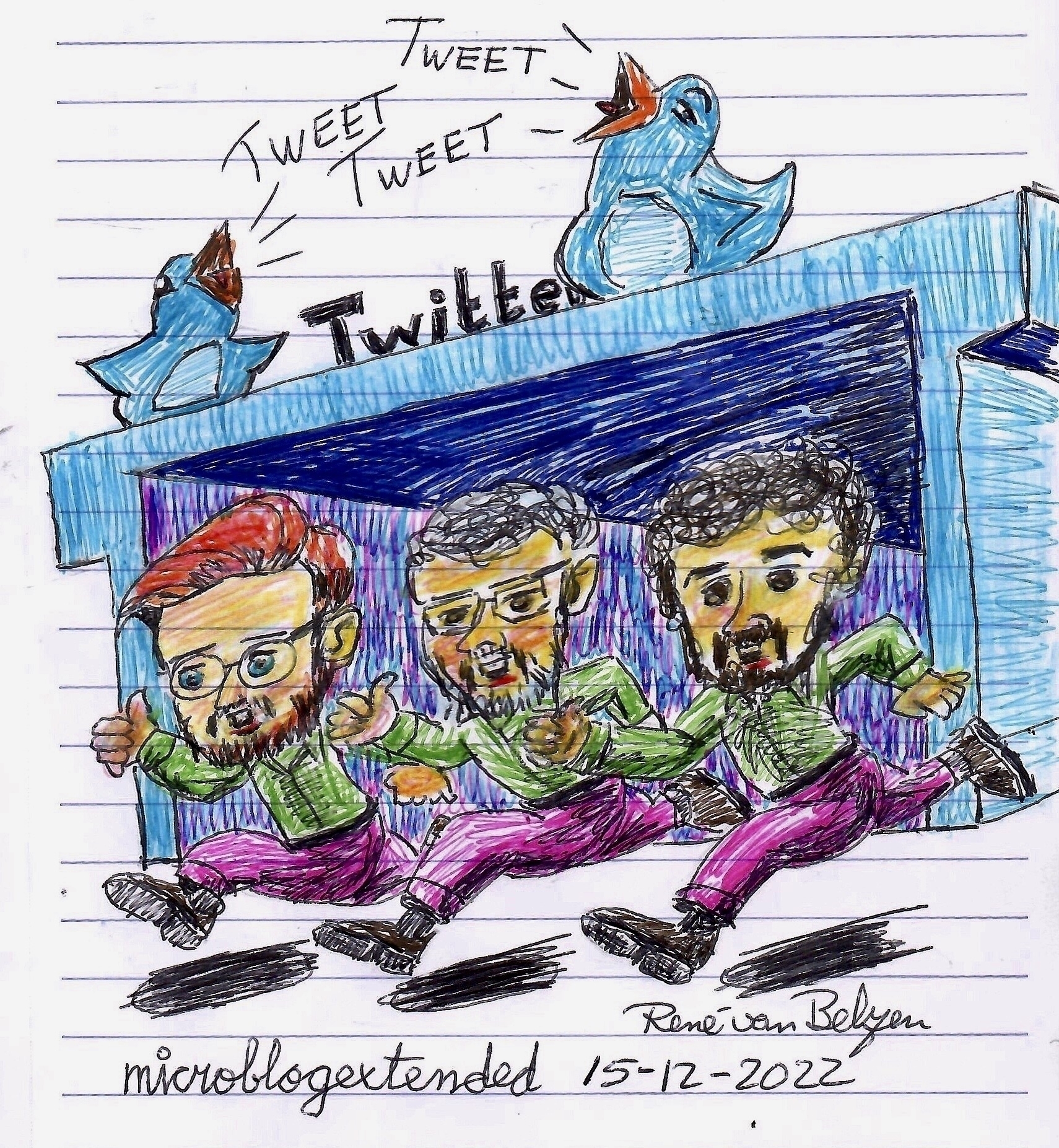-
This 64 x 64 “selfie” pixel art portrait took much, much longer than it needed to. I drew an outline in Pixquare, and replicated that in the Divoom pixel editor, after which I colored the sketch. The image is a screenshot, framed in Procreate, because Divoom’s export filter is no good.
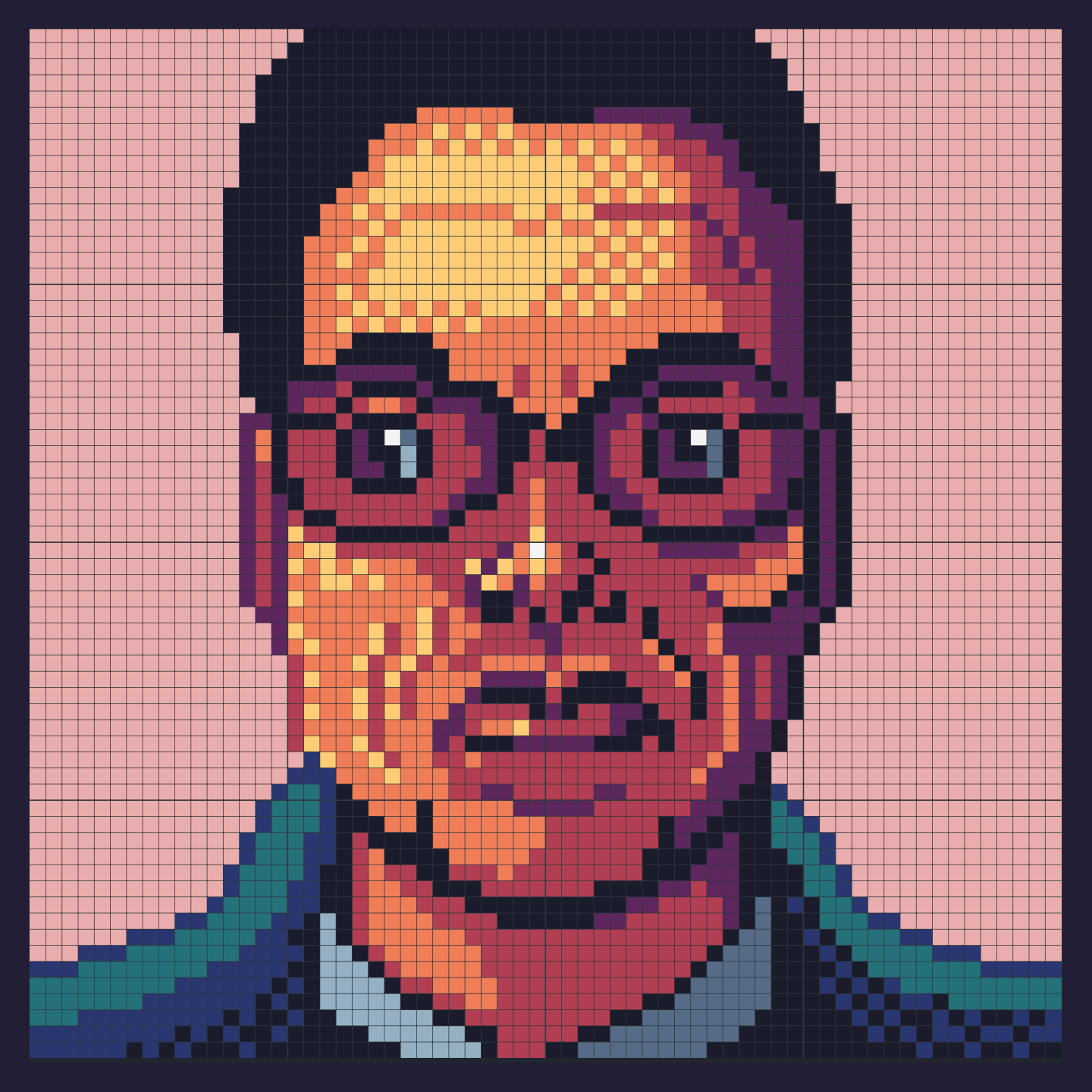
-
On Christmas day I thought it appropriate to go oldskool with ballpoint pens on copier paper. While clearly not finished, I thought I captured some of the original in my sketch, of which I’m proud as a sign of progress.
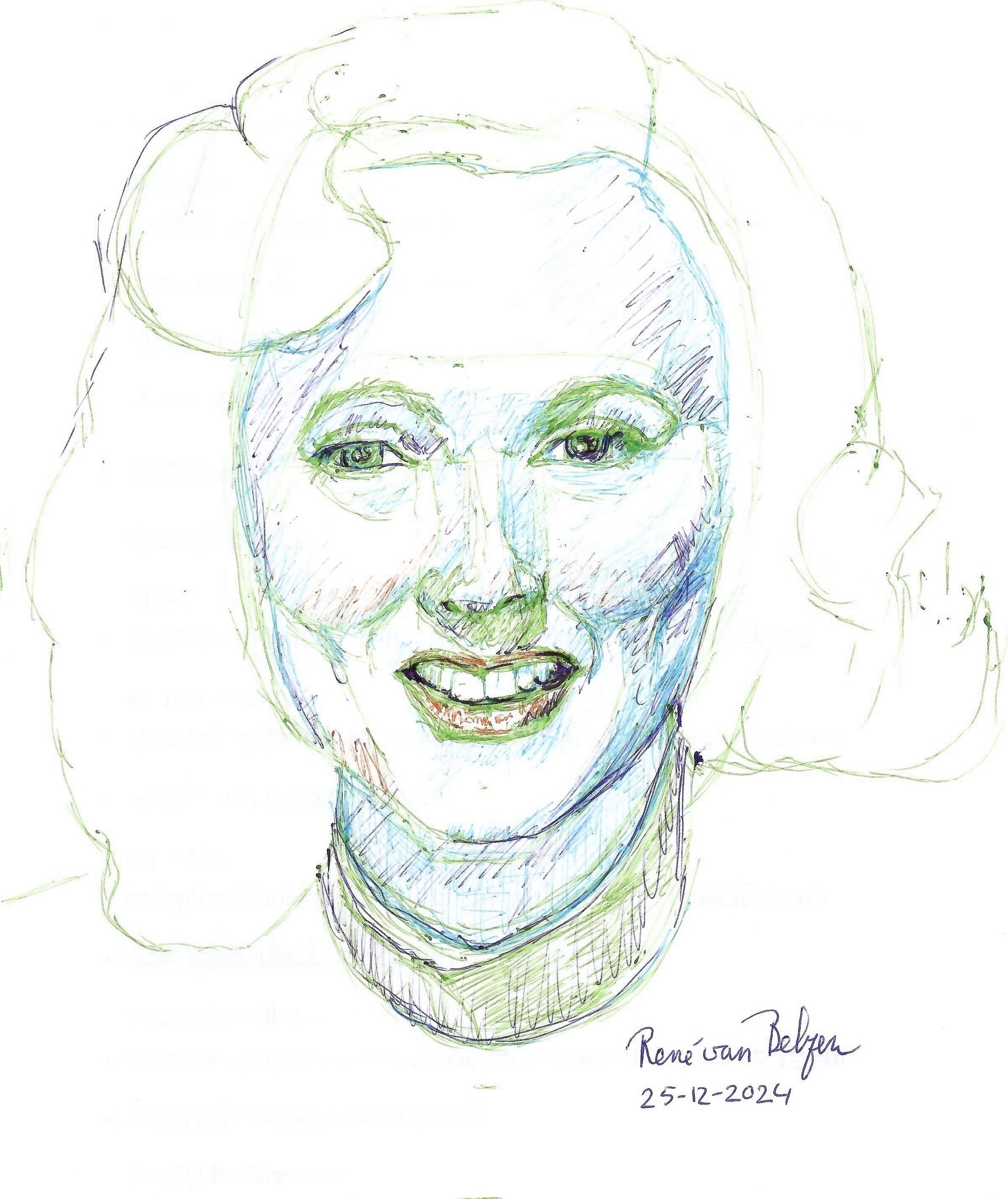
-
I reworked a pixel art piece I did earlier this year in Pixaki, imported it via the photo library into Divoom’s pixel art editor, took a screenshot inside the editor, and added a frame around it in Procreate. Of course, it is expected that I draw in Divoom’s app, which I find clumsy.
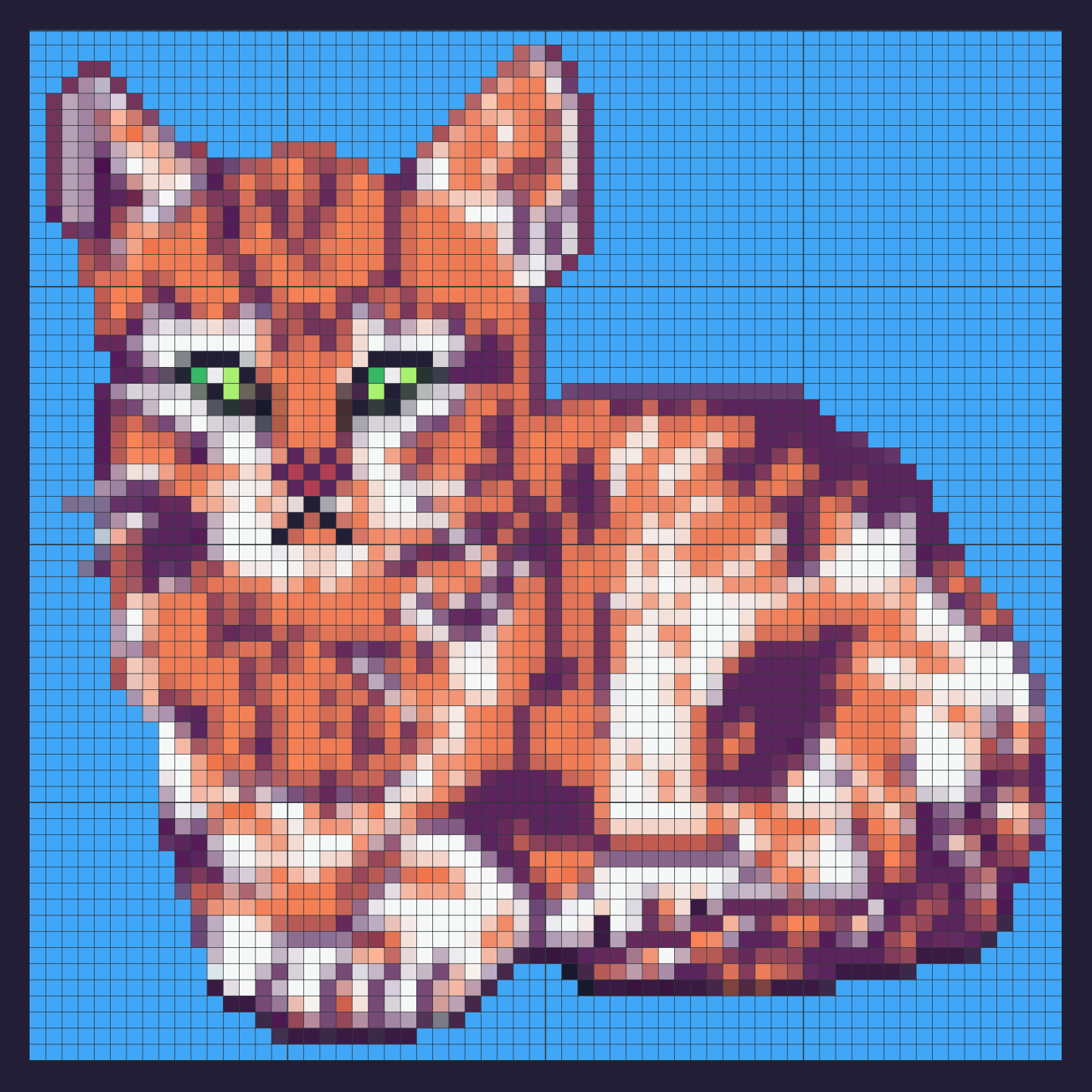
-
While awaiting the arrival of my LED panel I made this 64x64 pixel art portrait from imagination. Alas importing into the Divoom app introduces unwanted anti-aliasing, almost impossible to get rid of. Ah well, it works for smaller panels too.
Just got a notification, arrival within 15 minutes 😊
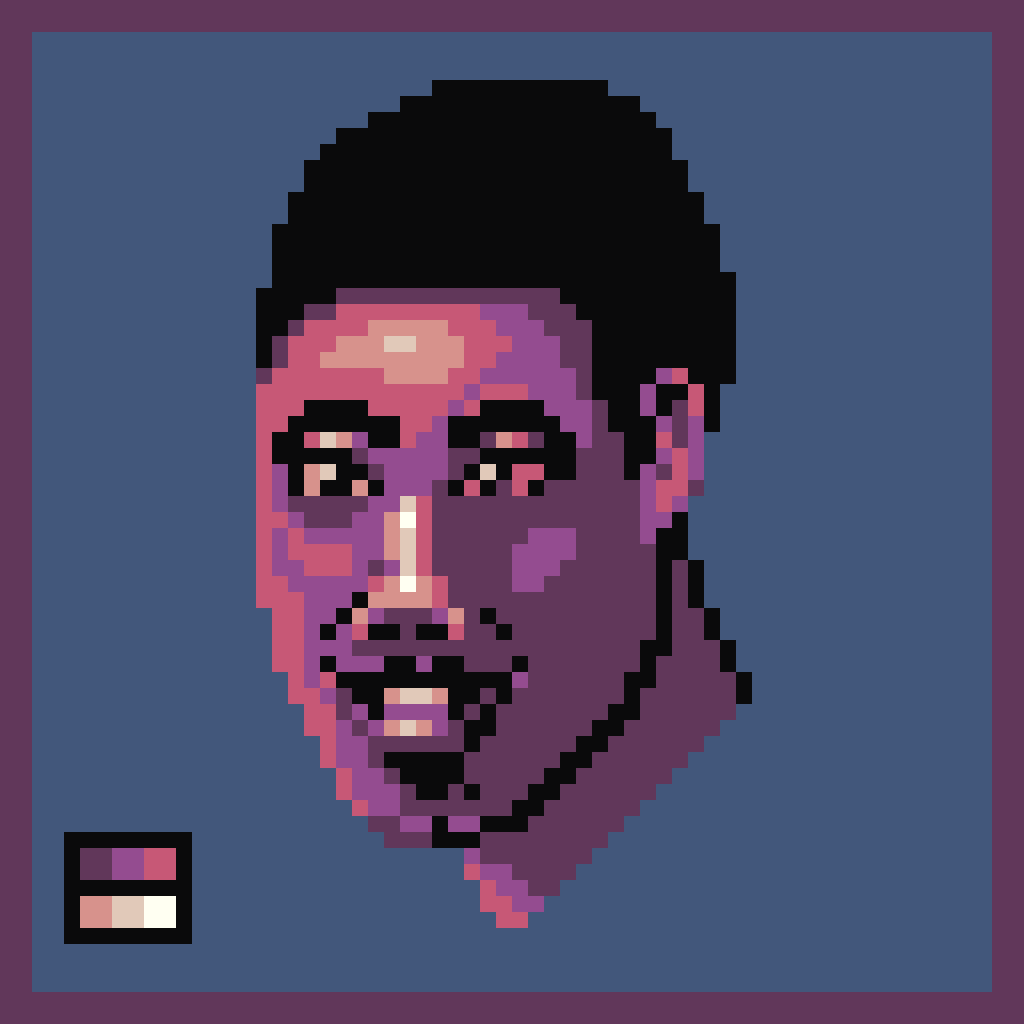
-
I refined yesterday’s stapler pixel art in the Divoom pixel editor at 64x64 pixels. Now I’m waiting for the LED panel to arrive, so I can test it. 🥁🥁🥁💥🎉🥳
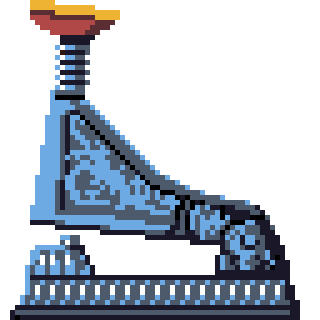
-
Yet again, Tumblr and Bluesky balked at my latest blogpost, posted as-is. HTML 5 support isn’t fully there, so I should probably change how I share on those services, including micro∙blog, and write the full post on my WP blog. Oh, bother! Maybe I should just drop crossposting. It’s too much work.

-
Apparently, getting better at drawing requires some attentive drawing practice, and observing what one is looking at before even drawing. I noticed foreshortening in the face, so I tried to draw that (see process video). As an initial sketch it is descent, but I think I need more practice.
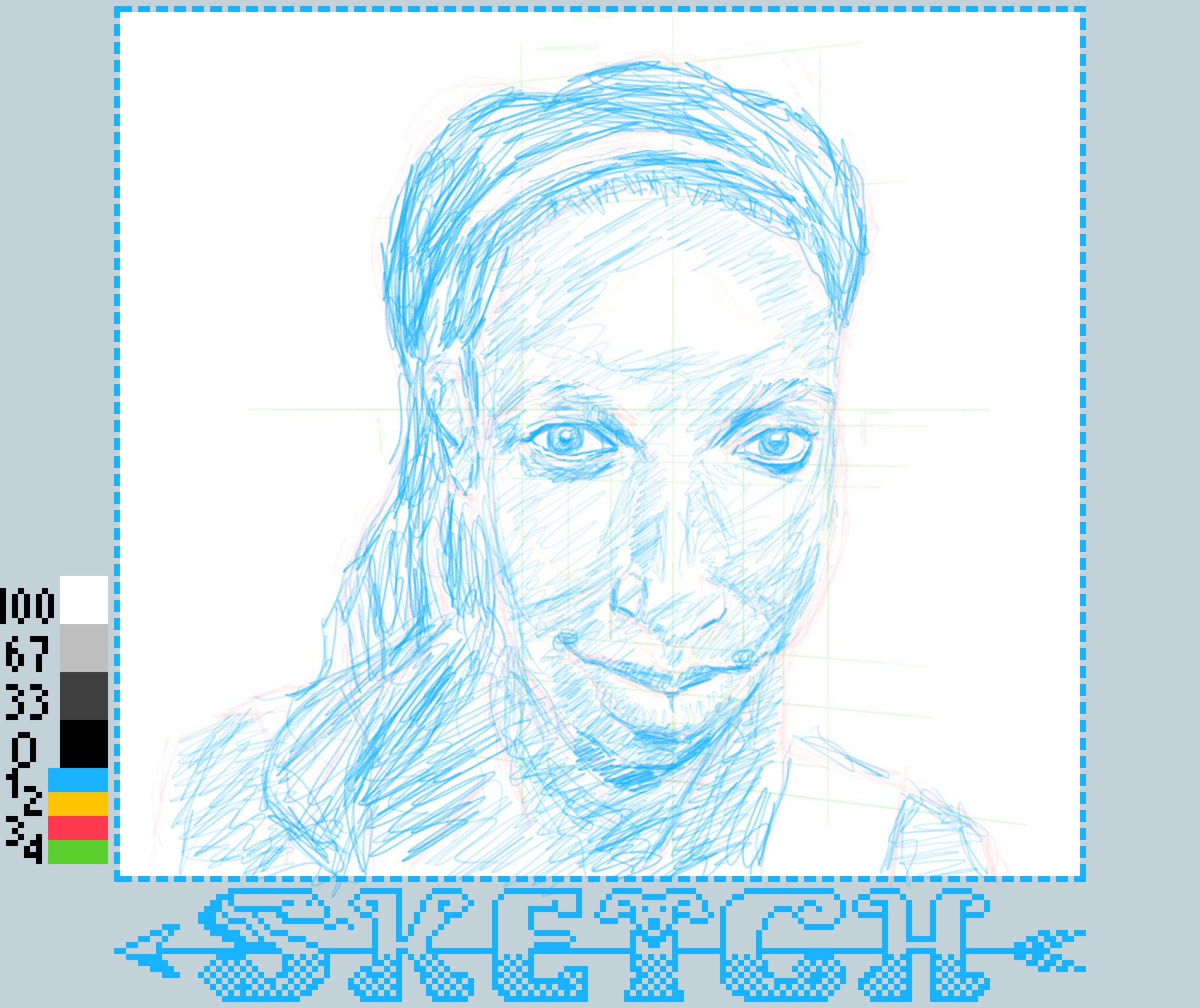
-
I found this ornate stapler on Sketchfab and took a snapshot of a side view to study and draw. I wanted to see if I could turn it into 64 x 64 pixel art somehow. The sketch took me 4½ hours, and the pixel art version an hour or so.
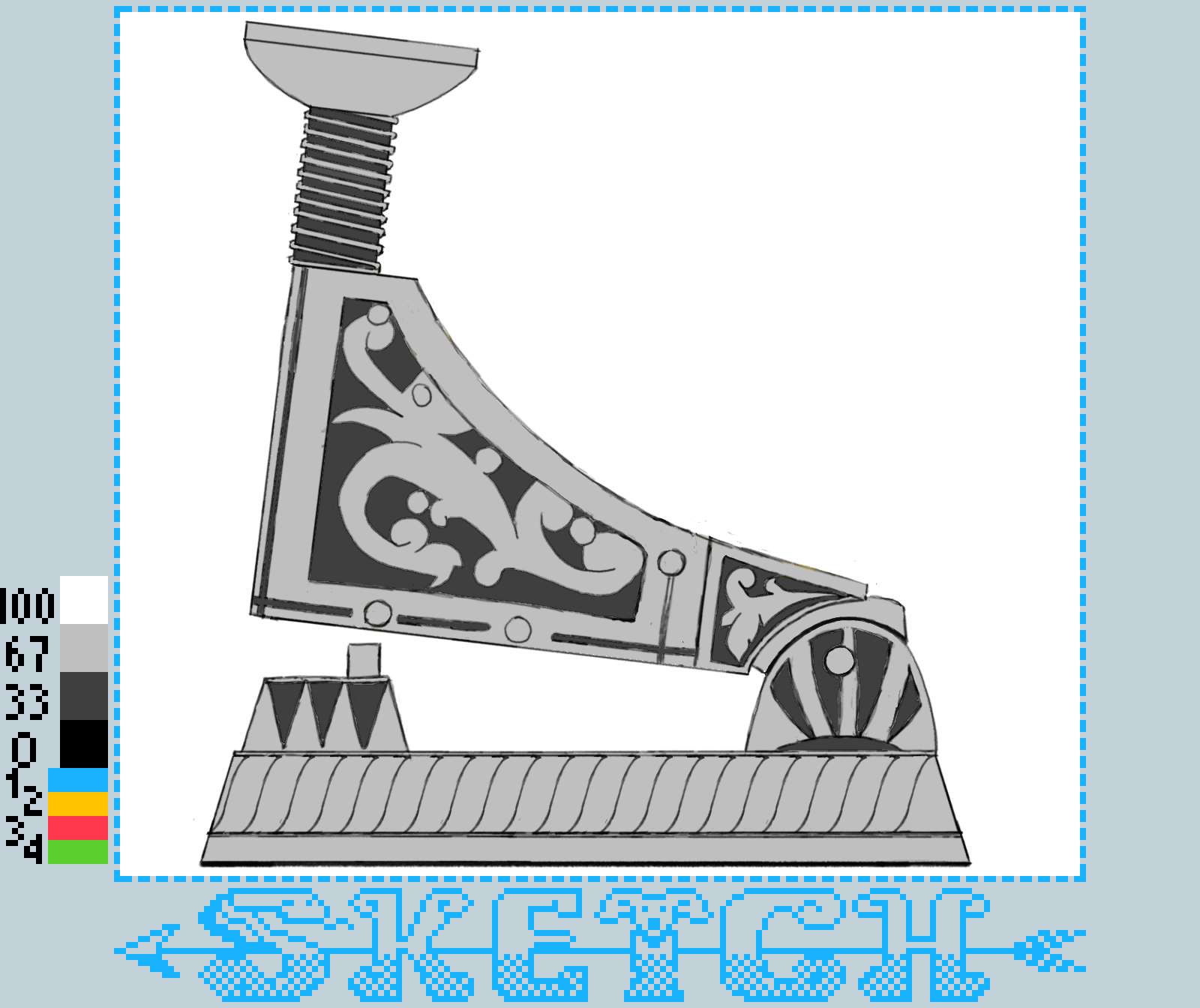
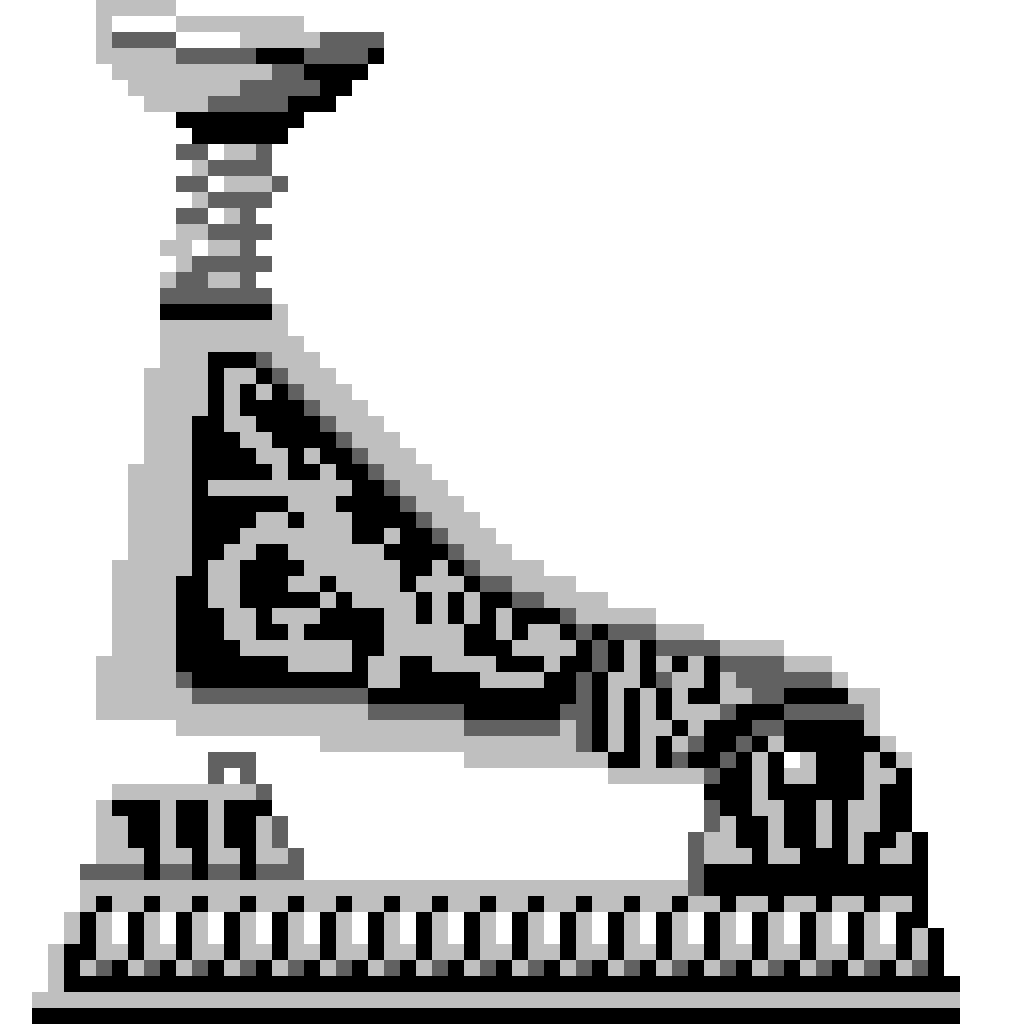
-
Since this year will be a cat-only Xmas, I bit the bullet and will be displaying pixel art on my wall, where traditionally a TV would be located. I only hope the cats don’t see it as a toy, like they do most new things in my home. So I need to place it strategically. Once figured out it’ll be fixed.
-
I believe this is what happens if I don’t really understand the subject I’m drawing and just draw shapes. I suppose a bit of analysis before putting the stylus to the iPad would’ve resulted in a more solid drawing. Based on a toy rocket I found on Sketchfab, of which there are many.
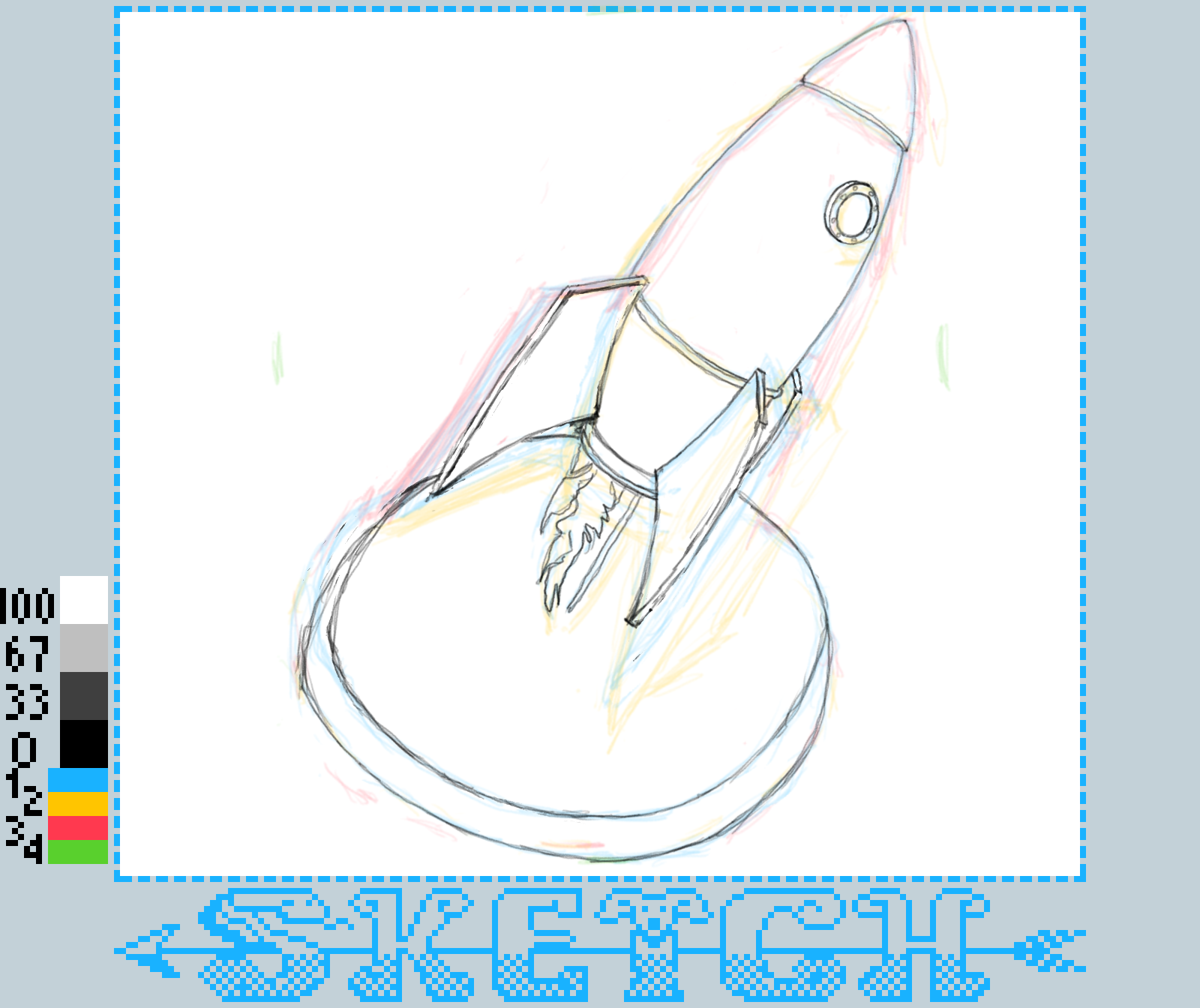
-
Using several steps I created and refined this sketch, based on a wooden toy duck from Sketchfab. It isn’t a copy, but a recreation based on observation. I can see its flaws, and, therefore, I need to practice drawing solid basic sketches before trying this method on drawing portraits.
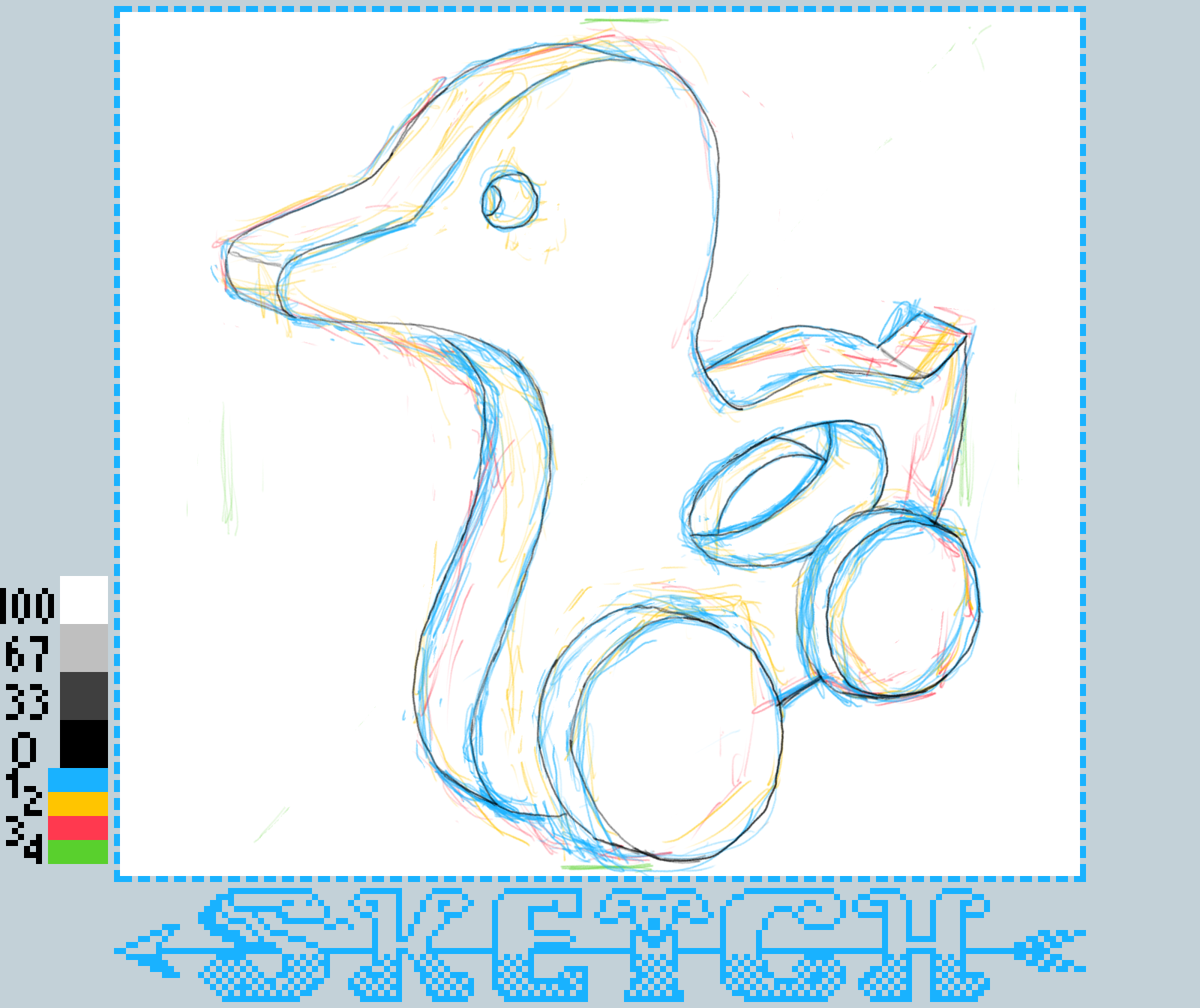
-
I redesigned my blank sketch sheet in a pixel editing app (Pixquare). The grays are obviously for shading, and the four colors are for blocking in straight lines, from big to small:
- green - overall dimensions
- red - rough outline
- orange - inner shapes outlines
- blue - darkest areas outlines
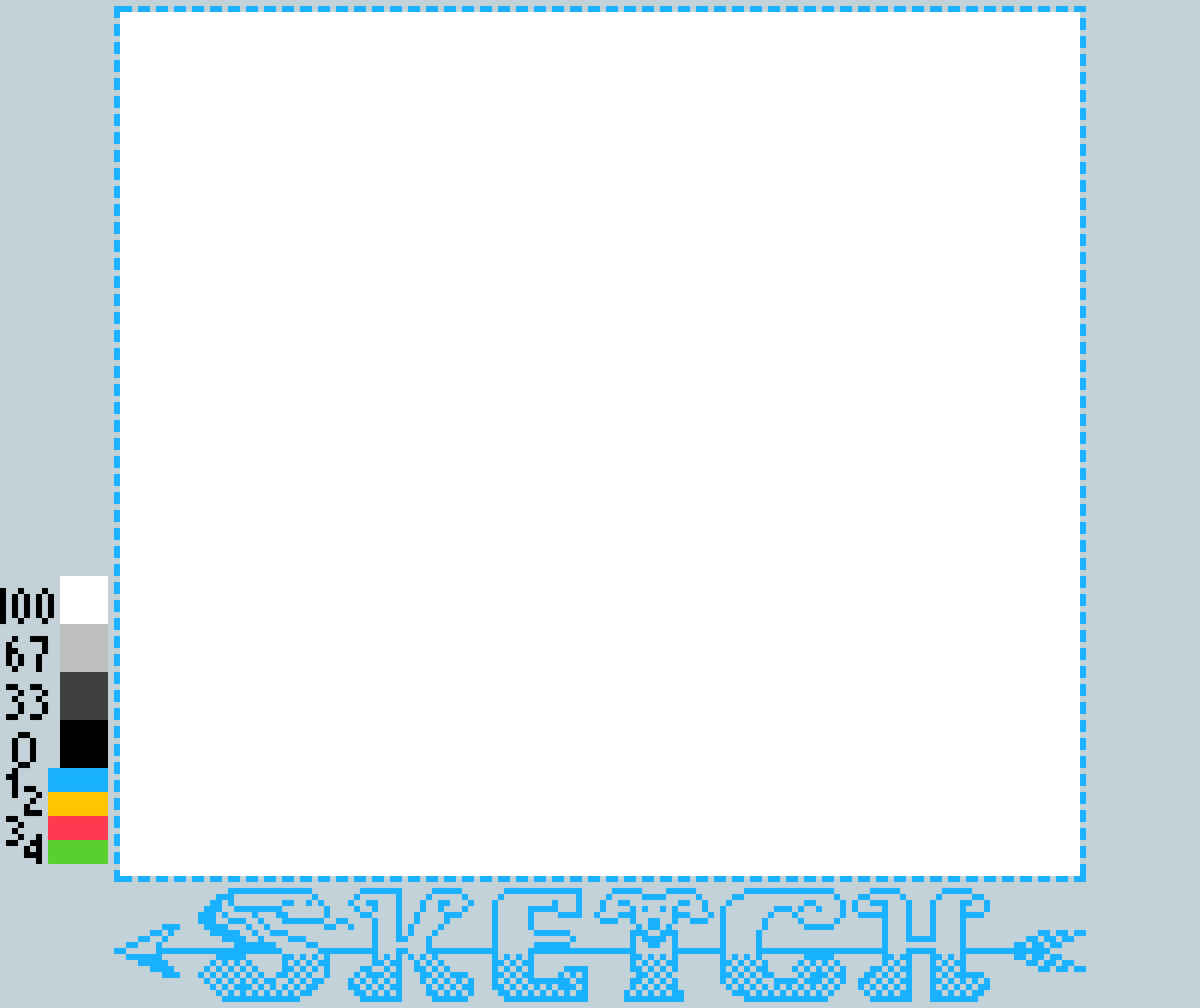
-
If I want to get any good at blocking in sketches, I probably should start with an easier subject matter, and work my way up to portraits. Here’s my sketch (and its process video).

-
I’m going to ignore Nvidea’s CEO charged statement people shouldn’t learn how to code anymore. I think BBC Basic is an excellent language for someone like myself, AI be damned!
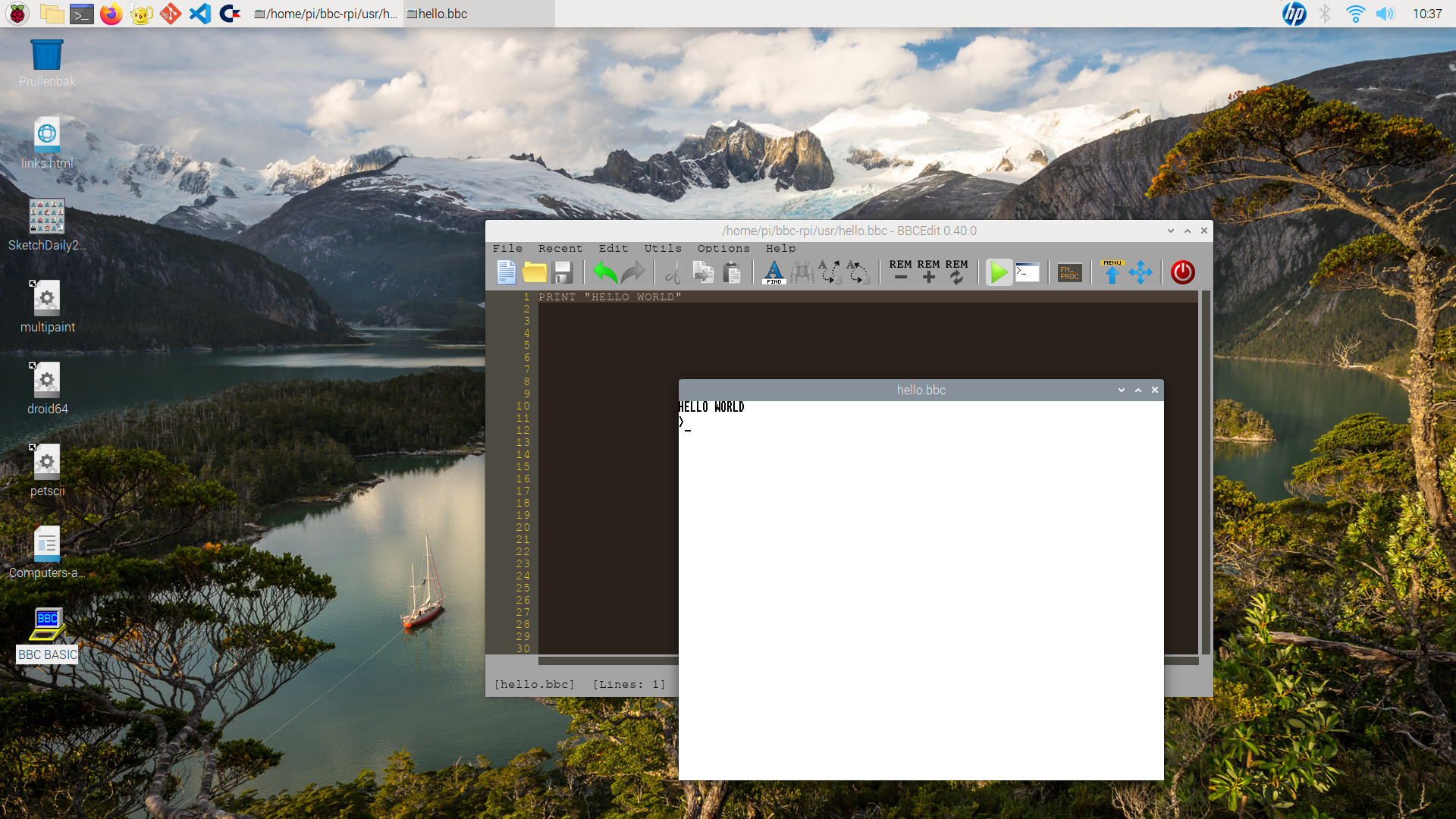
-
As soon as I go a little more in the direction of stylized drawing, I find the quality of it increasing. This sketch is loosely based on Preston Blaire’s animation drawing, using a reference photo to get the details in. I’m somewhat pleased with the result, but know I can do much better.

-
I really should try a portrait tutorial, work on my art fundamentals, and draw a skull from lots of angles to improve my drawing skill. This portrait is from a photo reference, and I think it’s meh, though better than what I’ve drawn a week ago. So there’s progress.
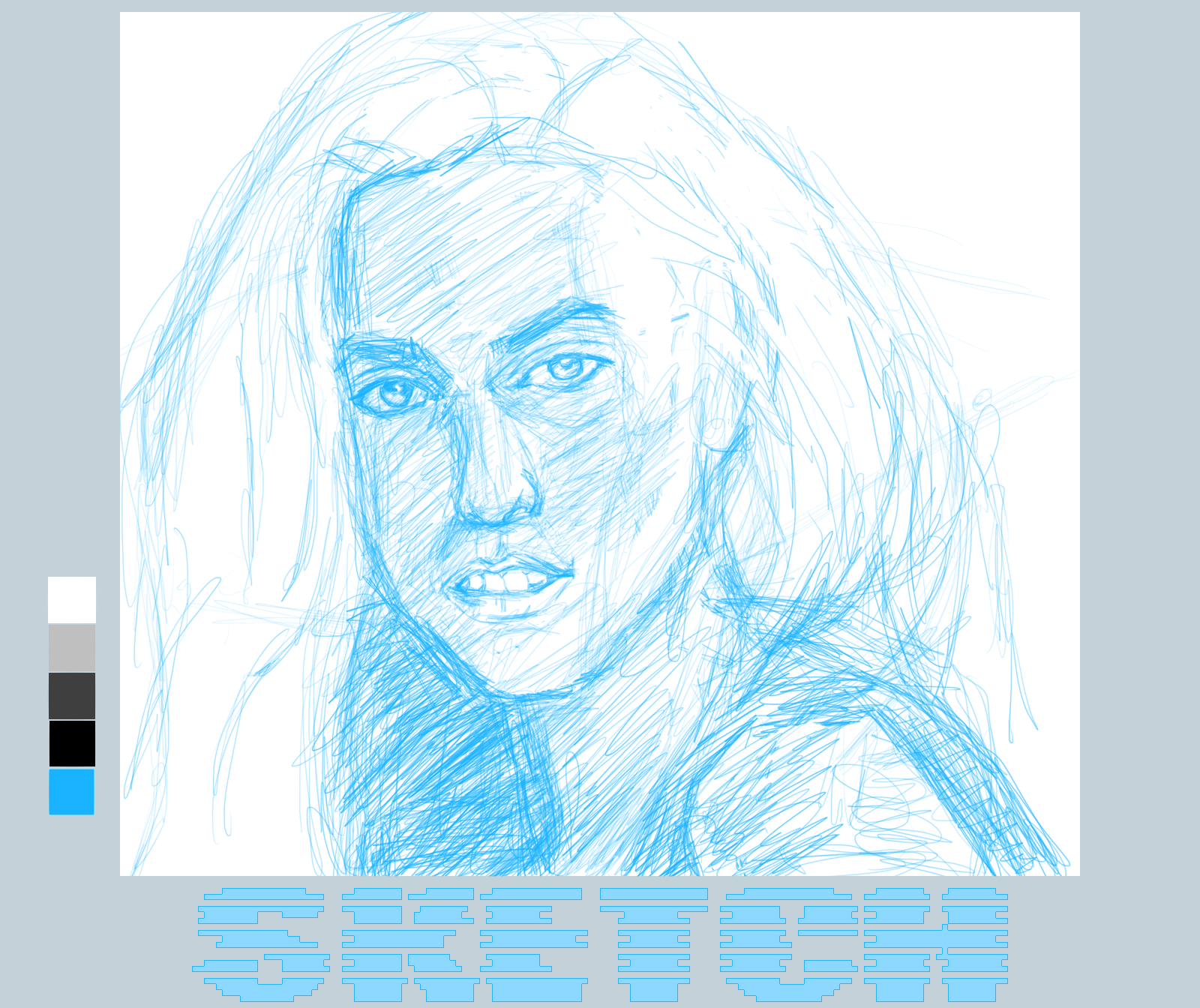
-
Am I the only one who puts their photo collection on a page instead of in a blogpost? In my case it isn’t for an event, but a subject matter (c.q. sketches).
-
Such a messy messy sketch, with lots of mistakes I can learn from. I’ve redone the nose and mouth, which were placed in the wrong position. They still aren’t correct, though, but better. Unlearning bad habits is hard, yet I will get there.
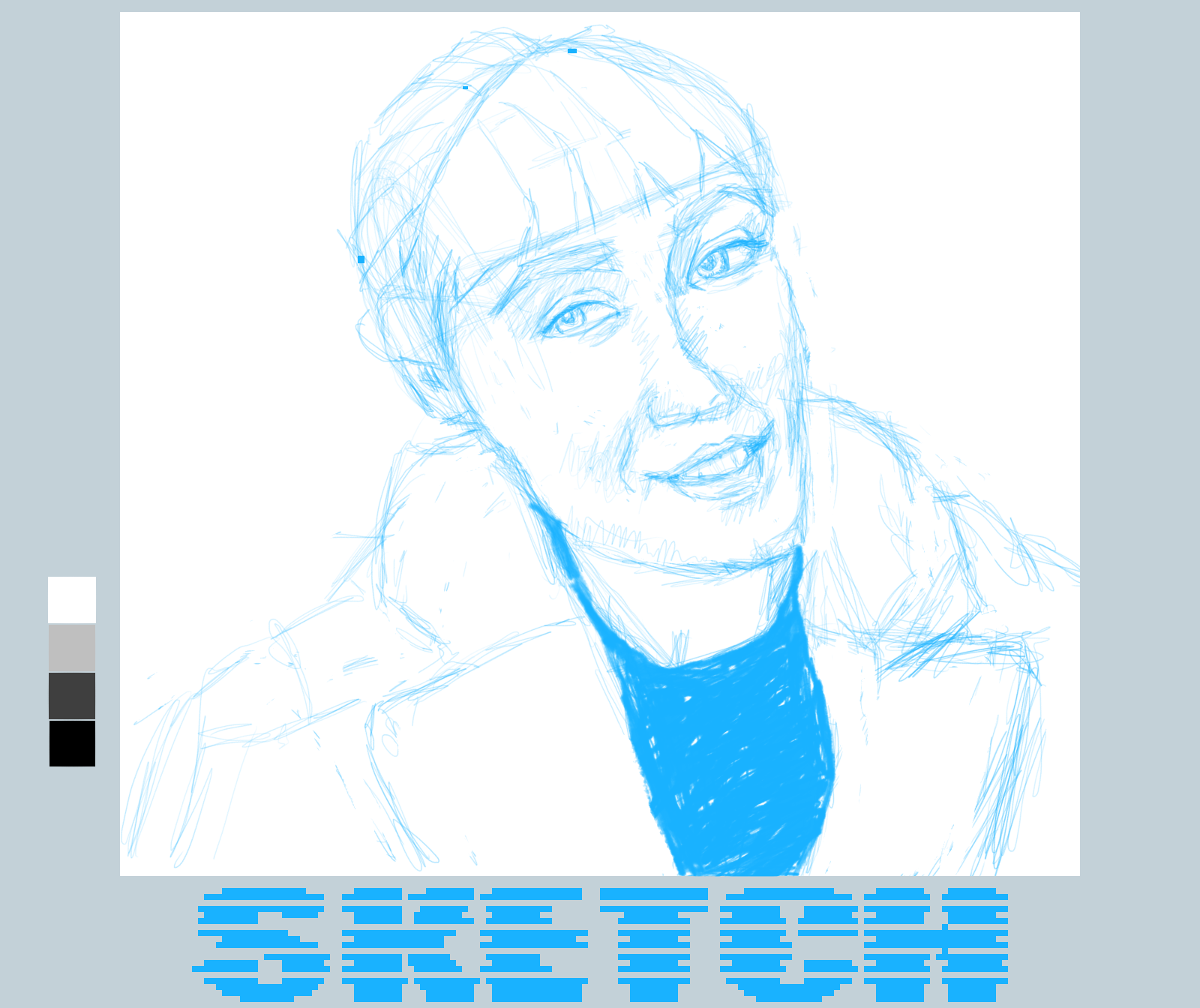
-
Quick sketch of Peter Capaldi as the 12th Doctor.

